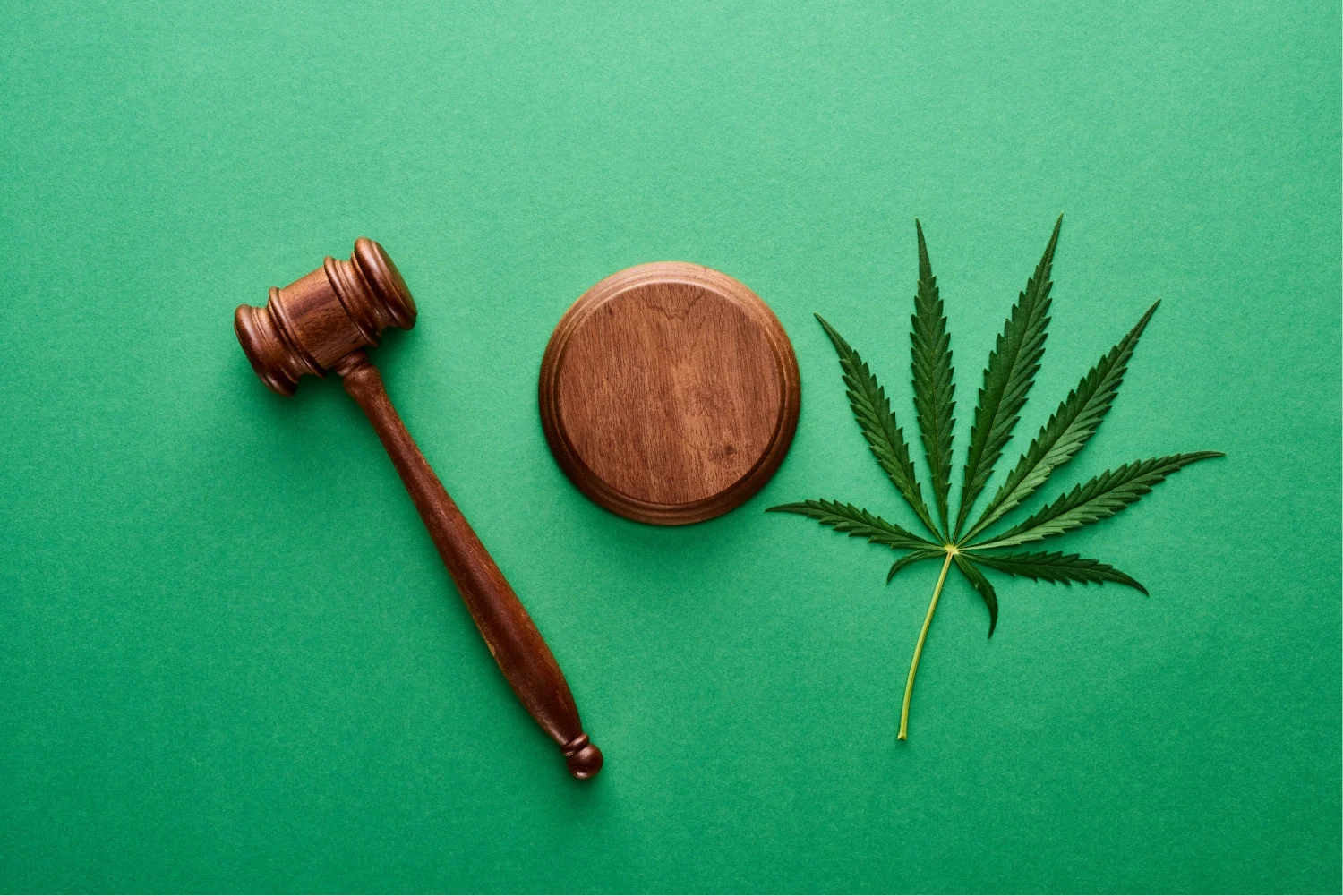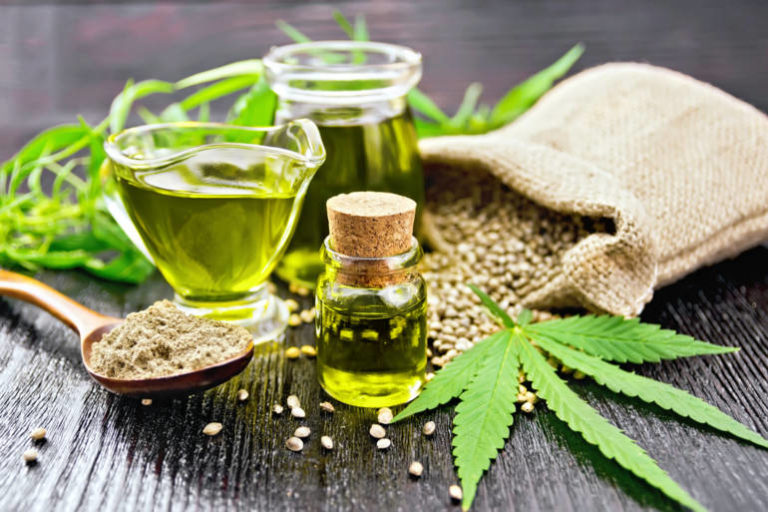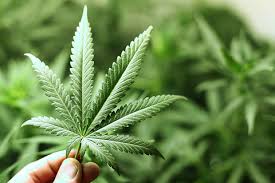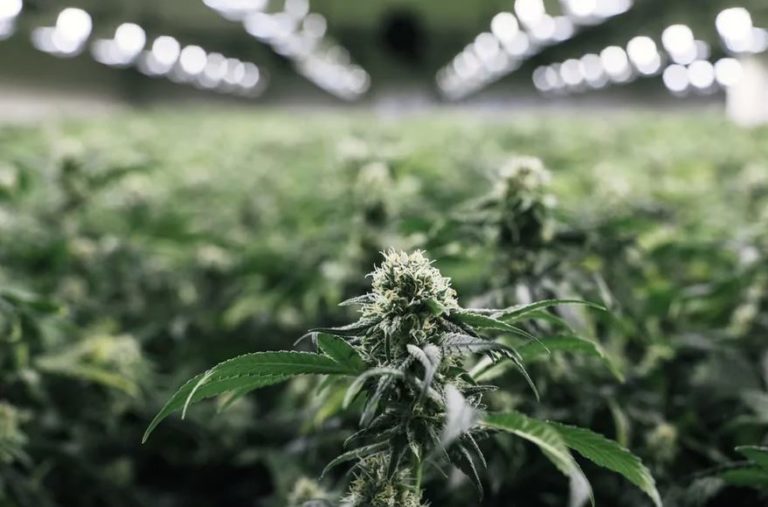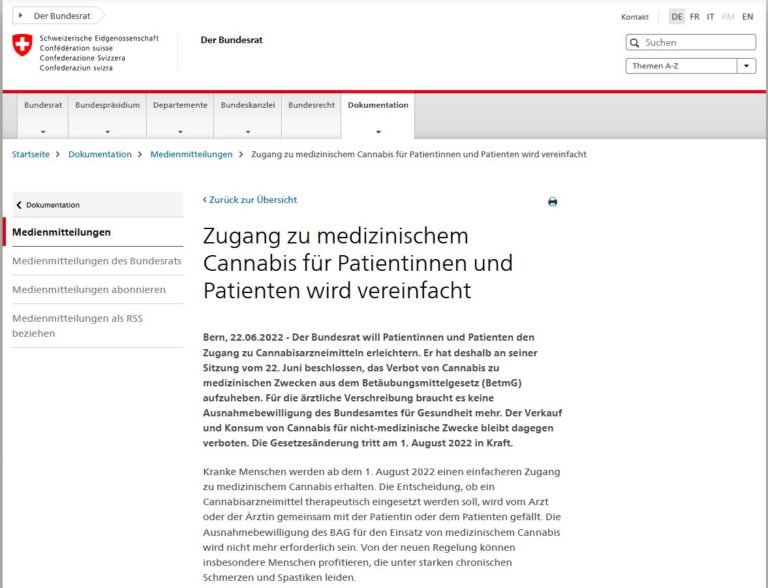Medical Cannabis & Cannabinoid Regulation 2021
Trends and Developments
The current regulatory environment surrounding cannabinoid-based products in Switzerland is unfortunately still marked by a high degree of uncertainty, due both to vague legislative requirements and heterogenous, sometimes arbitrary, enforcement. However, with the rise of public awareness of the general benefits of the cannabis plant as a result of the cannabidiol (CBD) boom of the last few years, as well as by actual and growing anecdotal evidence from local and liberalised recreational markets such as Canada, Uruguay and certain states in the USA, recent legislative developments are presenting an opportunity for Switzerland to establish itself as a role model for an innovative, pragmatic, safe and comprehensively regulated cannabis market.
Law and Practice
In Switzerland, products containing hemp, or Cannabis Sativa L. (cannabis), are regulated by a set of laws and regulations that are intertwined, complex and create a level of legal uncertainty that lawmakers have realised needs to be addressed. The main tenets surrounding cannabis are regulated in the narcotics, therapeutic products, health insurance, foodstuff, chemical, cosmetic, utility articles, tobacco substitutes as well as plant varieties and seeds laws and regulations, among others.
To facilitate matters, this guide will provide an overview of only the most important aspects of cannabis laws and regulations, and draw a distinction between cannabis products:
- containing a tetrahydrocannabinol (THC) content of above 1%, which are considered prohibited narcotics under the Federal Act on Narcotics and Psychotropic Substances (Narcotics Act, NarcA); and
- containing a THC content below 1%, which have been popularised and aggregated (in somewhat untechnical jargon) as “CBD products” – which means products containing cannabidiol – which are not subject to the NarcA and are more freely marketable.
THC and CBD have garnered notoriety as the most prominent cannabinoids over the last years, but research has shown that over 140 cannabinoids (naturally occurring compounds found in the cannabis plant) can be identified.

